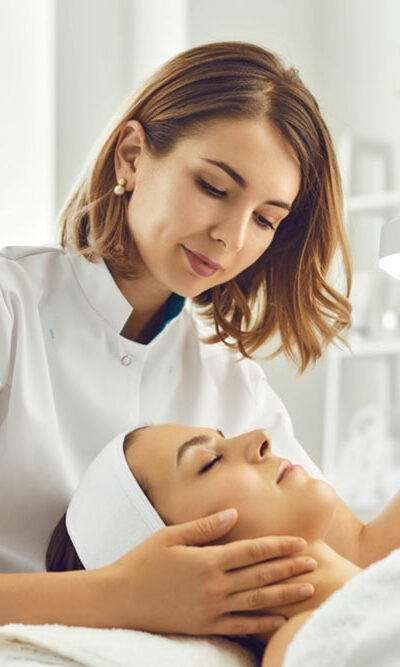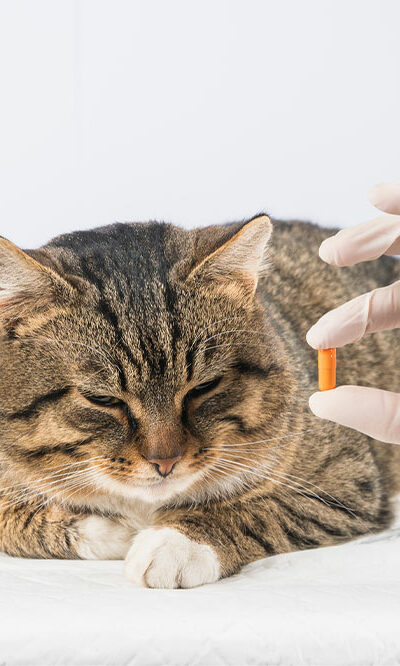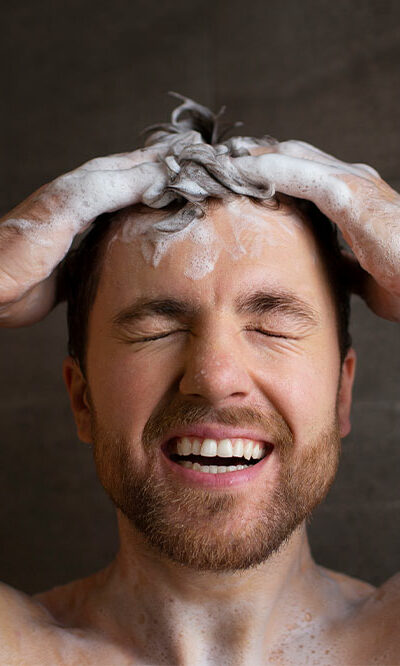
Don’t Ignore These 9 Warning Signs of Headaches
Headaches are a common type of body discomfort resulting from nervous system disorders. It is a pain in any part of your head that gives a pulsating sensation. The magnitude of the pain can vary from mild to sharp and can either be a throbbing sensation or a constant feeling. There are several kinds of headaches, including tension headaches, migraine, cluster headaches, and more. Of these, migraine symptoms vary from the other headache types. Warning signs of headaches Though it may appear normal, frequent head pains may also indicate any underlying health condition, so it is necessary to keep a check on them. Keep reading to learn more about warning signs of headaches that must be addressed soon. Pain and high fever A headache accompanied by pain may indicate an infection. If there is a stiff neck, a high fever, and various neurological signs, doctors may diagnose it as Meningitis, a severe health condition. When a person experiences these symptoms, it is advised to consult a physician at the earliest for prompt treatment. Also, self-diagnosis is not safe and advised if you are experiencing headaches for a very long time or suffering from severe pain. Sudden severe headache It is also recognized as the thunderclap headache, appearing suddenly and turning severe soon. Sometimes, the pain is triggered by physical or mental exertion, and there will be an indication of the brain’s ruptured blood vessel, known as an aneurysm. The other signs may include stiffness of the neck. Therefore, it is advisable to consult a healthcare provider as it may indicate an underlying health condition. Sometimes, it may also be considered a stroke symptom if combined with other symptoms like confusion, weakness on one side, and speaking problems. Mood changes and intense headache An intense headache on one side of the head is called a migraine.










